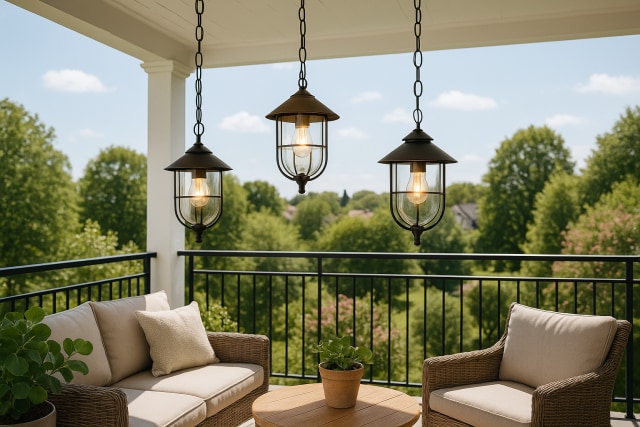How Much Light Do You Need in a Room?
Lighting is one of the most underrated aspects of interior design. It does far more than just illuminate a room — it defines the ambiance, highlights key décor features, influences mood, and supports functionality. Whether you're curling up with a book, entertaining guests, or preparing a gourmet meal, the right amount of light makes all the difference.
But how much light do you actually need in a room? That answer depends on various factors like the room's purpose, size, color palette, and the type of lighting fixtures you choose. This comprehensive guide will help you understand how to assess and meet your lighting needs for any space in your home.
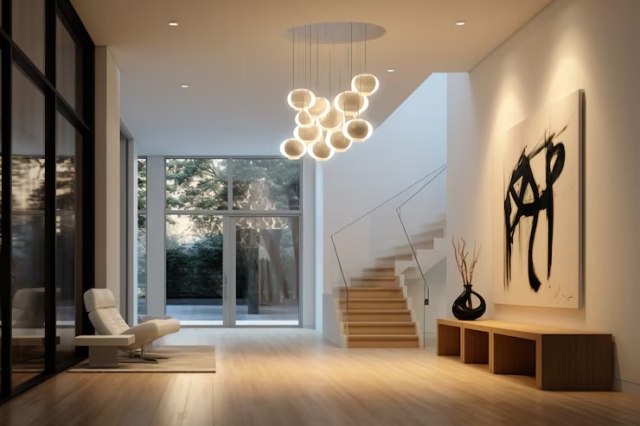
Understanding Lumens: The Key to Proper Illumination
The first step in knowing how much light you need in a room is understanding lumens. A lumen (lm) is the measurement of visible light emitted by a source. The higher the lumens, the brighter the light.
Forget watts—those only measure energy consumption, not brightness. Modern lighting solutions like LEDs are energy-efficient and can produce high lumens with fewer watts. For example, a 10W LED bulb can produce over 800 lumens, equivalent to a 60W incandescent bulb.
Formula:
Room Square Footage × Recommended Lumens per Sq. Ft. = Total Lumens Needed
General Lumen Guidelines per Room Type
Layered Lighting: Task, Ambient, and Accent
Achieving optimal lighting isn't just about brightness—it's about layering.
1. Ambient Lighting
This is the general light that fills the room. It provides overall illumination and sets the tone.
- Chandeliers: A timeless centerpiece that adds elegance while dispersing light evenly. Ideal for living rooms and dining areas.
- Pendant Lights: Perfect for kitchens or above dining tables. Multiple pendant lights provide both functional and aesthetic benefits.
- Ceiling-mounted Fixtures: Flush or semi-flush mounts are great for bedrooms and hallways.
2. Task Lighting
Focused lighting for specific activities like reading, cooking, or working.
- Desk Lamps: Essential in home offices, study areas, or reading nooks. Look for adjustable arms and color temperature control.
- Under-Cabinet Lighting: Crucial in kitchens for food prep zones.
- Floor Lamps with Adjustable Heads: Great for reading areas or behind sofas.
3. Accent Lighting
Used to highlight artwork, architectural features, or to create depth.
- Wall Lights (Sconces): Add character to hallways or living rooms while enhancing décor.
- Track Lights: Adjustable fixtures that draw attention to focal points.
- Table Lamps: Provide soft, ambient glow while also serving as decorative accessories.
Lighting Needs by Room: A Comprehensive Analysis
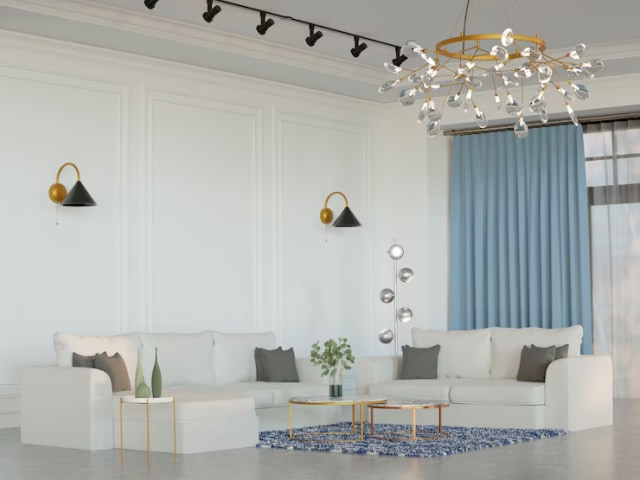
Living Room Lighting
The living room is a multifunctional space, often used for relaxing, socializing, and sometimes working. A combination of ambient, task, and accent lighting is ideal.
- • Start with a central chandelier or pendant light to establish the room's general illumination.
- • Use floor lamps and table lamps near seating areas for task lighting.
- • Wall lights can add warmth and draw attention to artwork or textures.
Target: 1,500–3,000 lumens total
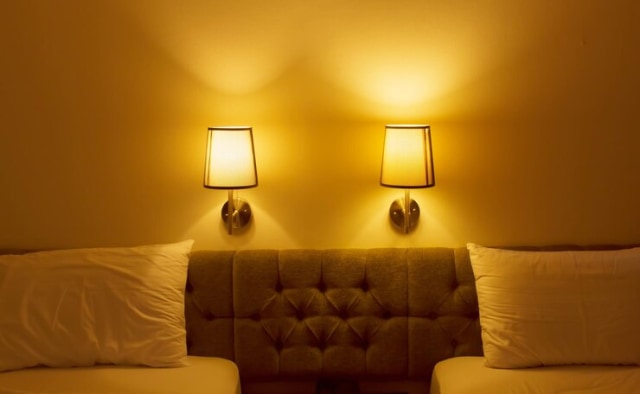
Bedroom Lighting
Your bedroom should be a peaceful retreat, and lighting plays a big role in achieving that atmosphere.
- • A soft overhead light like a low-hanging chandelier or subtle pendant light can offer ambient lighting.
- • Use table lamps or wall-mounted lights on either side of the bed for reading or relaxing before sleep.
- • Consider floor lamps in corners for a cozy glow.
Target: 1,000–2,000 lumens (2700K–3000K)
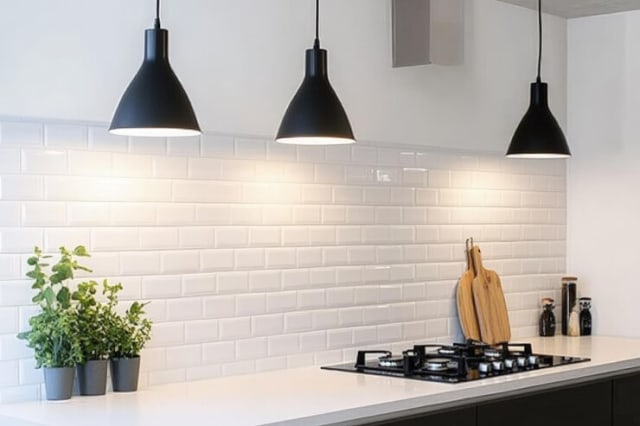
Kitchen Lighting
Kitchens need bright, functional lighting, especially in prep and cooking areas.
- • Install pendant lights above islands or countertops for effective task lighting.
- • Recessed ceiling lights or track lighting serve as strong ambient options.
- • Under-cabinet lights and adjustable desk lamps can improve visibility.
Target: 3,000–4,000 lumens
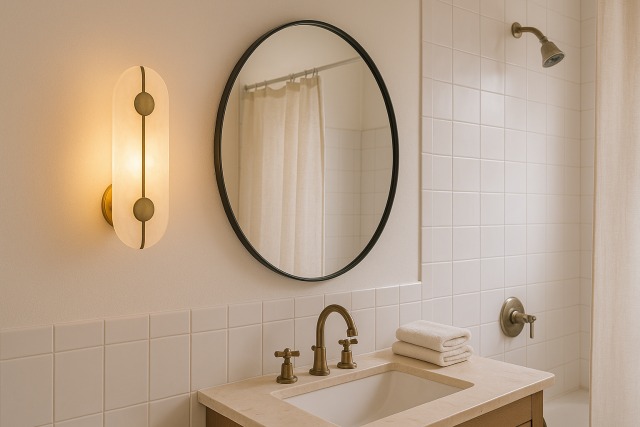
Bathroom Lighting
Bathrooms require the most light per square foot due to grooming tasks like shaving and applying makeup.
- • Use wall lights or sconces on either side of the mirror to eliminate shadows on the face.
- • Combine with a strong ceiling light or even a small chandelier for an elegant touch.
- • Accent lighting around tubs or under vanities enhances the spa-like feel.
Target: 4,000–8,000 lumens
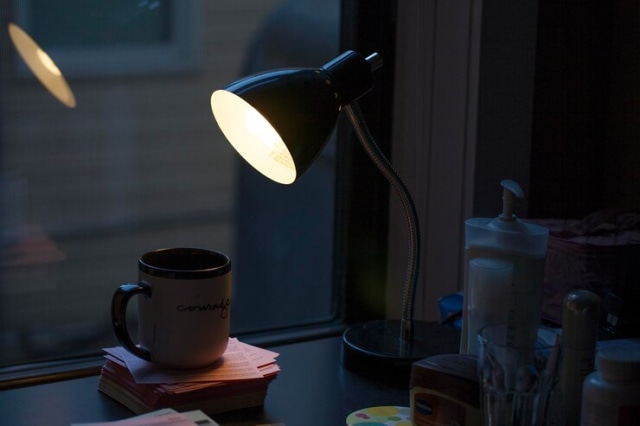
Home Office Lighting
For productivity and focus, bright and balanced lighting is key.
- • A high-quality desk lamp with adjustable brightness and direction is essential.
- • Overhead pendant lights or sleek track lights contribute to ambient light without glare.
- • Use floor lamps to add warmth or fill darker corners of the room.
Target: 3,000–6,000 lumens
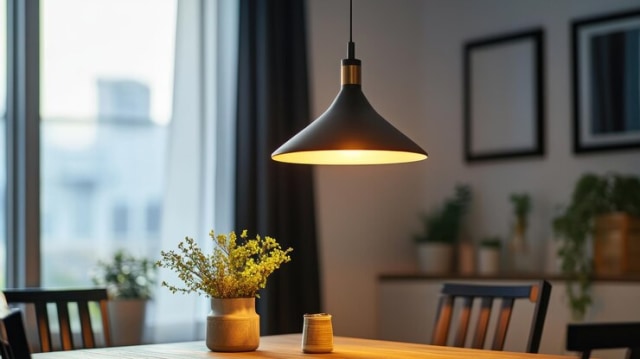
Dining Room Lighting
The dining area is a focal point for gatherings, so lighting should be both functional and atmospheric.
- • A statement chandelier above the dining table is classic and stylish.
- • Supplement with wall lights or floor lamps for additional warmth.
- • Dimmer switches can help adjust lighting based on the occasion.
Target: 2,000–4,000 lumens
Color Temperature: Matching Light to Purpose
Color temperature, measured in Kelvin (K), affects mood and clarity.
Warm White
2700K–3000K
Ideal for bedrooms, living rooms
Neutral White
3500K–4100K
Suited for kitchens, dining rooms
Daylight
5000K–6500K
Best for bathrooms, offices, and task-heavy areas
Use smart bulbs that allow you to adjust color temperature throughout the day for maximum flexibility.
Natural Light & Environmental Factors
Natural Light Consideration
Natural light drastically reduces the need for artificial light during the day. Rooms with large windows or skylights may require fewer lumens from artificial sources. Always consider window placement, room orientation, and curtain transparency when evaluating light needs.
Ceiling Height and Light Distribution
Ceiling height plays a critical role in how light disperses. Higher ceilings may require brighter fixtures or additional lights to ensure even distribution. Use track lights, pendants, or adjustable spotlights to direct light effectively in rooms with vaulted or 10-foot+ ceilings.
Energy Efficiency and Smart Lighting
Modern lighting isn't just about brightness—it's also about energy savings and control. Choose LED bulbs for their low wattage and high lumen output. Invest in smart lighting systems to schedule, dim, and color-tune your lights through your phone or voice assistant.
Benefits include:
- • Lower energy bills
- • Longer bulb lifespan
- • Custom ambiance
- • Remote control access
Common Mistakes to Avoid
Over-lighting a space
Which causes glare and discomfort.
Using only one light source
Leading to shadows and uneven brightness.
Neglecting color temperature
Which affects mood and perception.
Ignoring dimmers
Which limit control and flexibility.
Recent Posts

